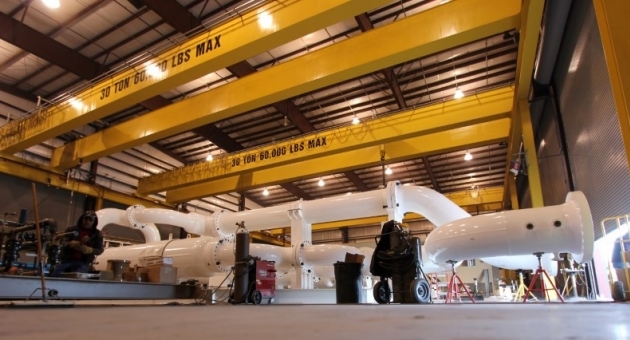Last half decade sees robust growth in Temple’s tech revenues

The expansion of Temple's research enterprise, highlighted by the recent dedication of the Science Education and Research Center, has also led to a dramatic increase in commercialization revenues from university-developed technologies.
Over the past five fiscal years—2010 through 2014, which ended in June—Temple received $15,912,808 from the licensing of university-created technologies.
That is more than $5 million more than Temple received in the previous 19 fiscal years (1991–2009): $10,420,050.
“You can’t bring in licensing revenues unless you’ve had great discoveries, and we’ve benefited from the results of the great research going on at the university,” said Stephen Nappi, Temple’s associate vice provost for technology commercialization and business development.
During the recent five-year span, Nappi’s office, a division within Temple’s Office of the Vice Provost for Research, has experienced a 71 percent increase in inventions created or discovered by Temple researchers, with 83 patent applications being filed. During that same period, Temple has also entered into 31 licensing agreements with companies for the development of university-created innovations.
Nappi said the goal of his office is to direct relevant technology developed by Temple researchers into the commercialization pipeline, with the ultimate objective being to bring these technologies to market.
“Advancing a technology to the marketplace is when we see not only the benefit of that technology to society, but financially speaking, that’s when the university realizes the licensing income that is generated from commercialization,” he said.
To do this, said Nappi, Temple carefully selects industry partners that have the needed resources, or are in the best position to obtain those resources, to develop and advance a technology through the commercialization process.
“We spend a lot of time assessing a company and its capabilities,” said Nappi.
Some innovations, such as insect-attraction technology developed by Frank Chang, professor of biology in the College of Science and Technology, and dental burs used for removing tooth decay created by Daniel Boston, associate dean for comprehensive clinical care in the Kornberg School of Dentistry, have already reached the marketplace and benefited the university financially. Other technologies—including a cancer therapeutic discovered at the Fels Institute for Cancer Research & Molecular Biology and a technology that creates better flow in oil pipelines developed by Physics Professor Rongjia Tao—are entering later stages of development and have also generated significant licensing revenues, said Nappi.
“In order to build a culture of innovation and commercialization, there needs to be universitywide support, and we’re fortunate that’s happening at all of Temple’s levels—from the top administrators to the deans and department chairs through to the faculty,” Nappi said. “It’s a sign of the university’s commitment to research, technology development and commercialization.”
“The growth in licensing income has enabled us to pursue new initiatives, such as a technology development program, that will support our larger vision of creating a comprehensive portfolio of commercialization resources to support the Temple community,” said Michele Masucci, vice provost for research at Temple.